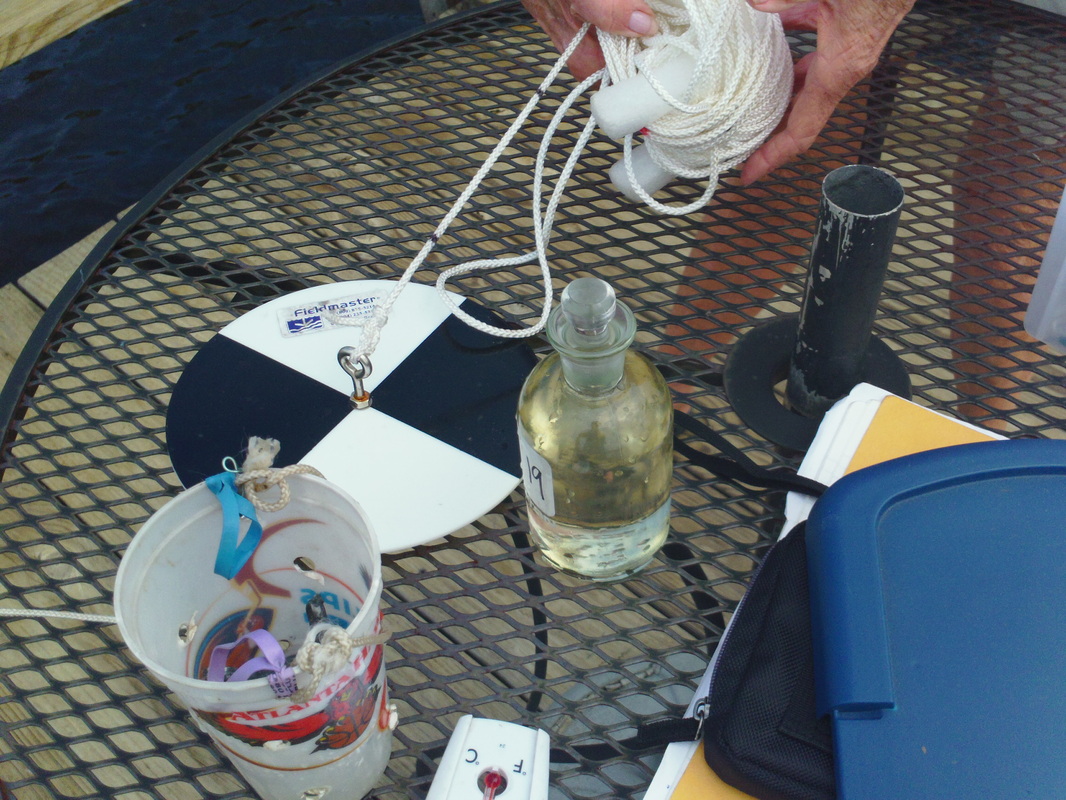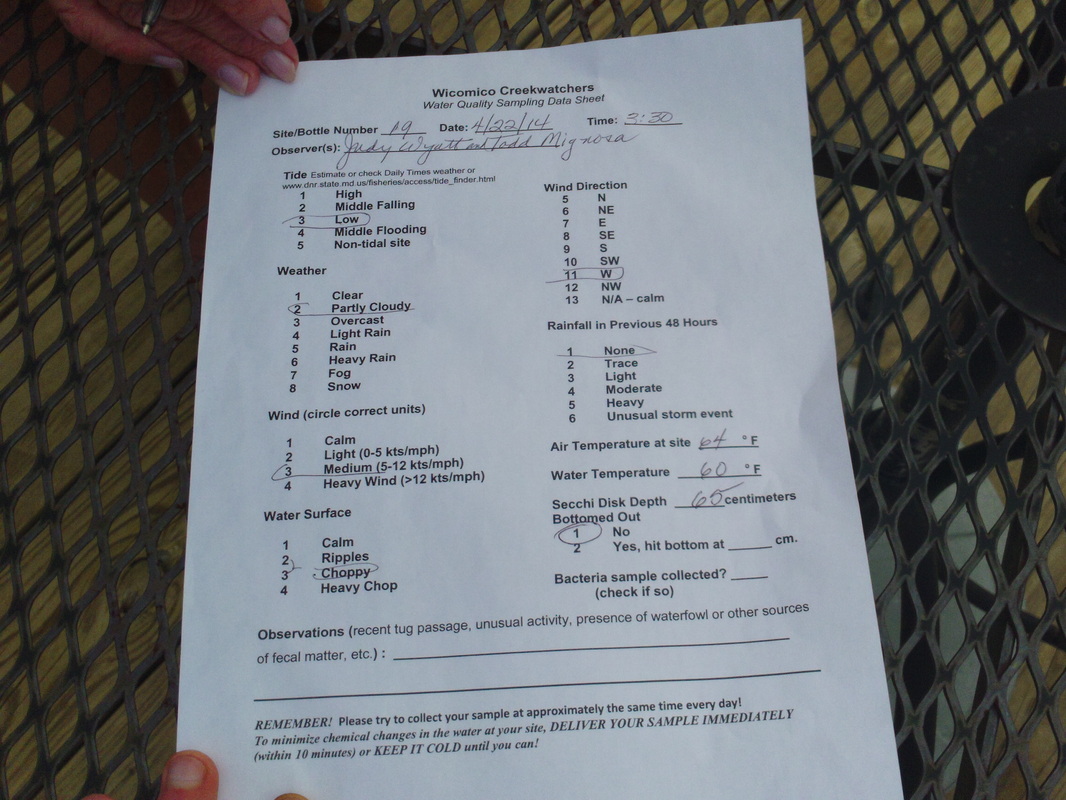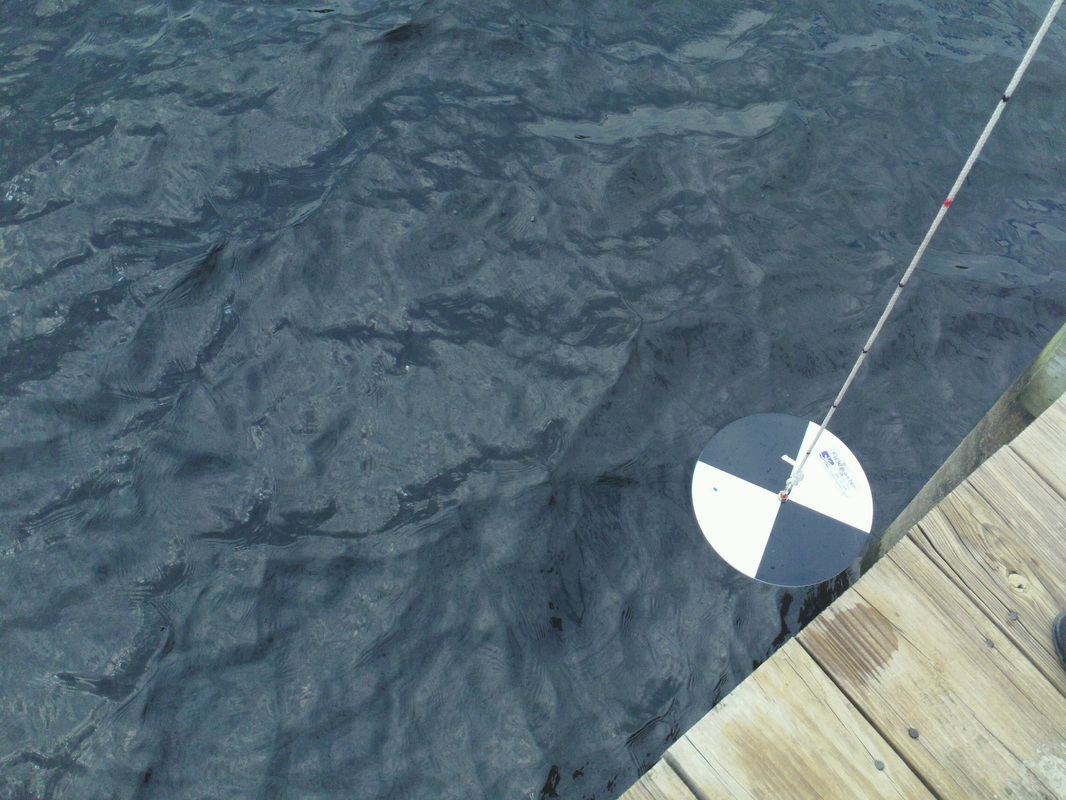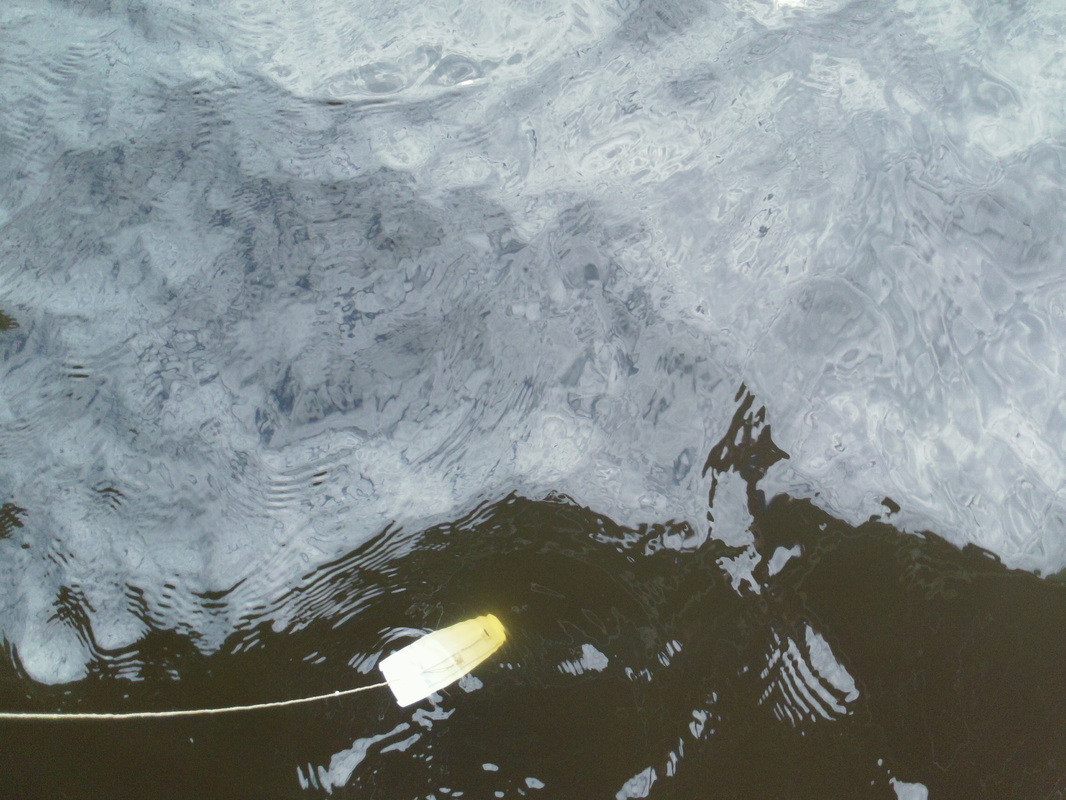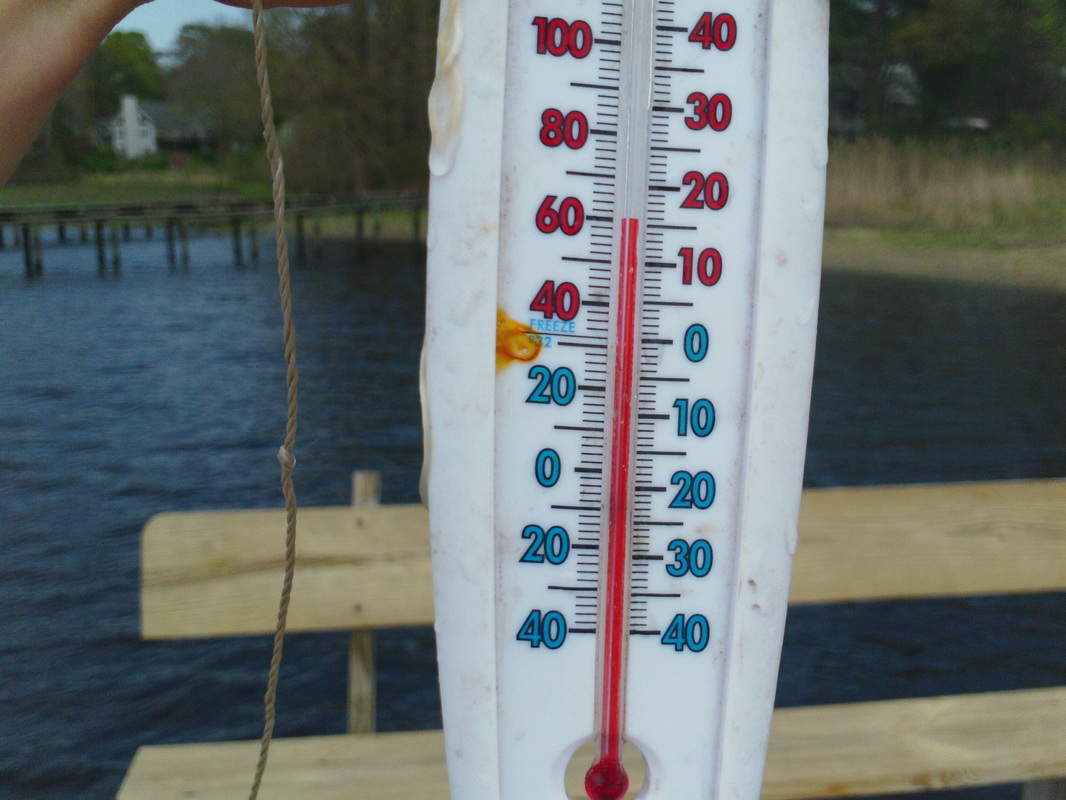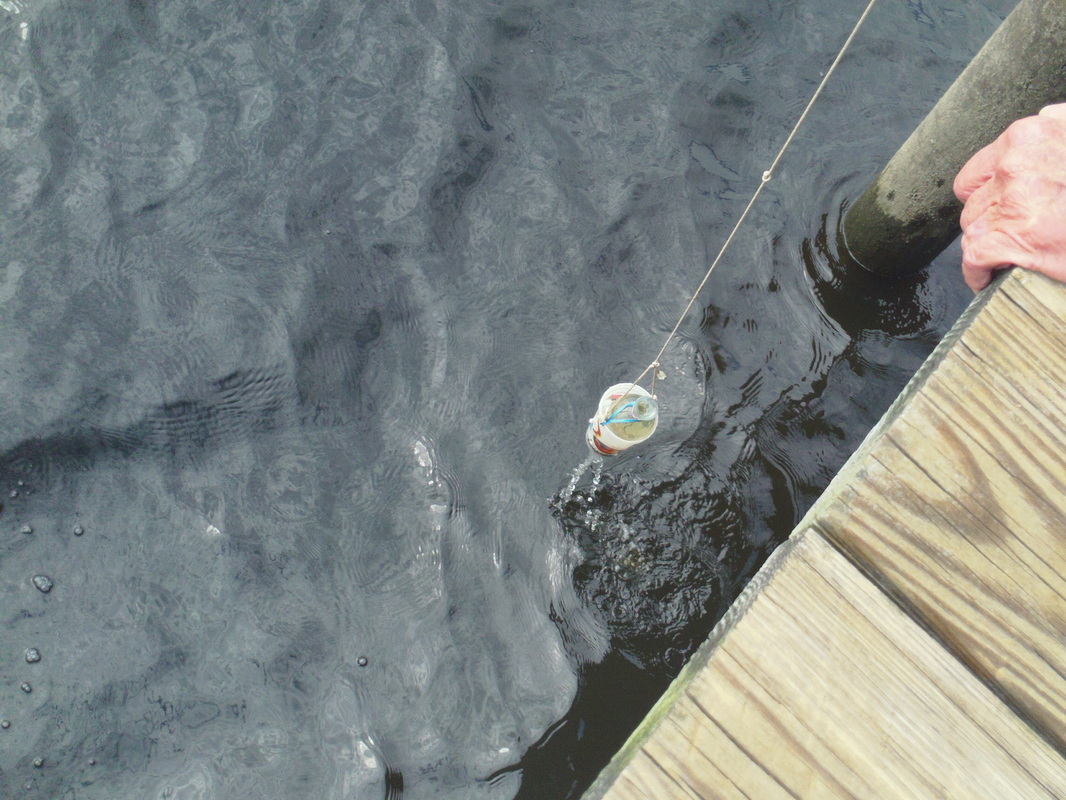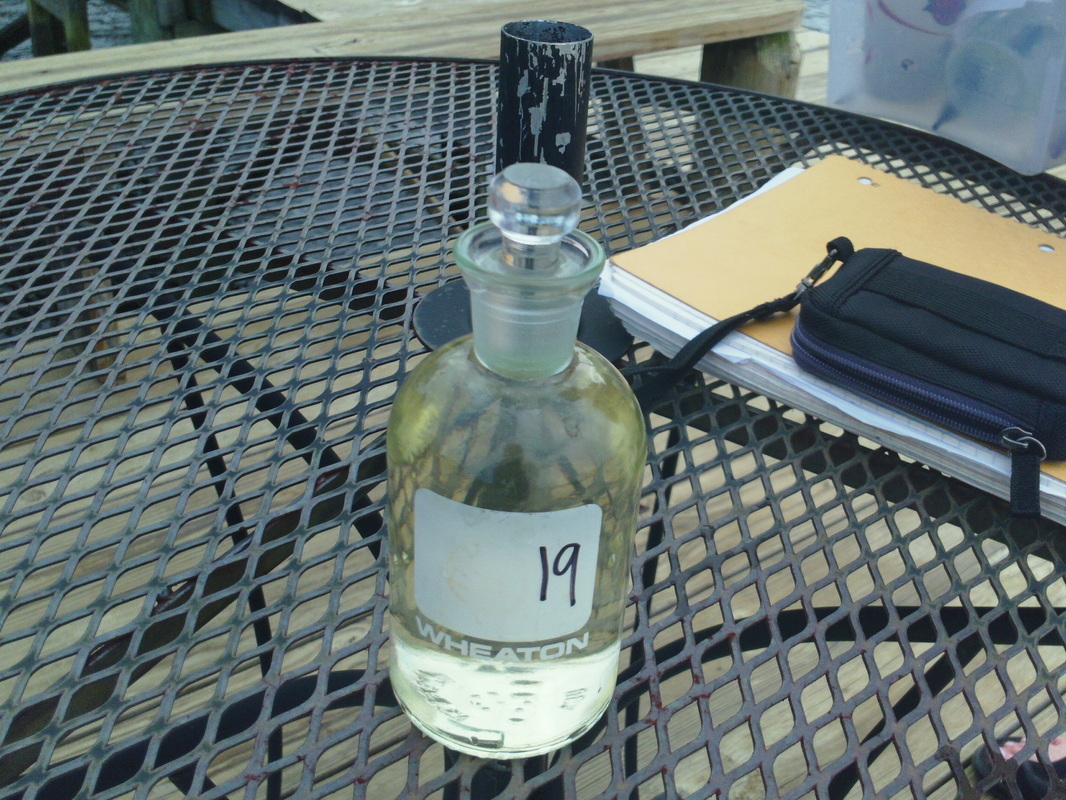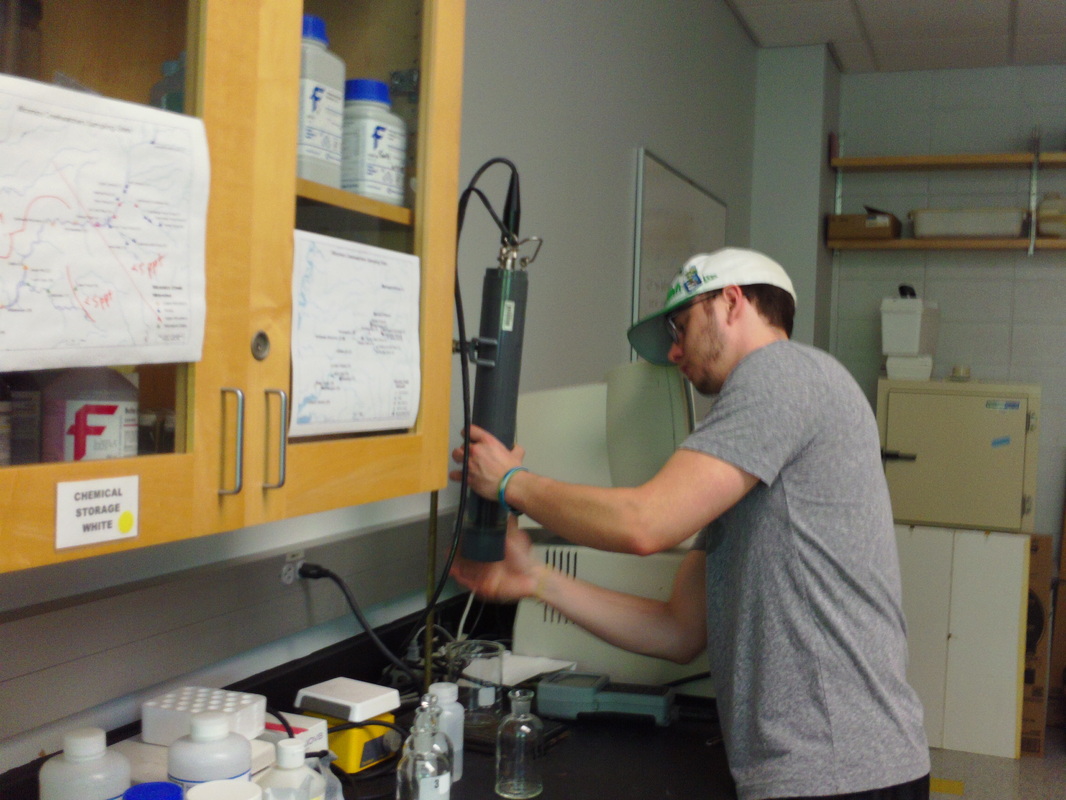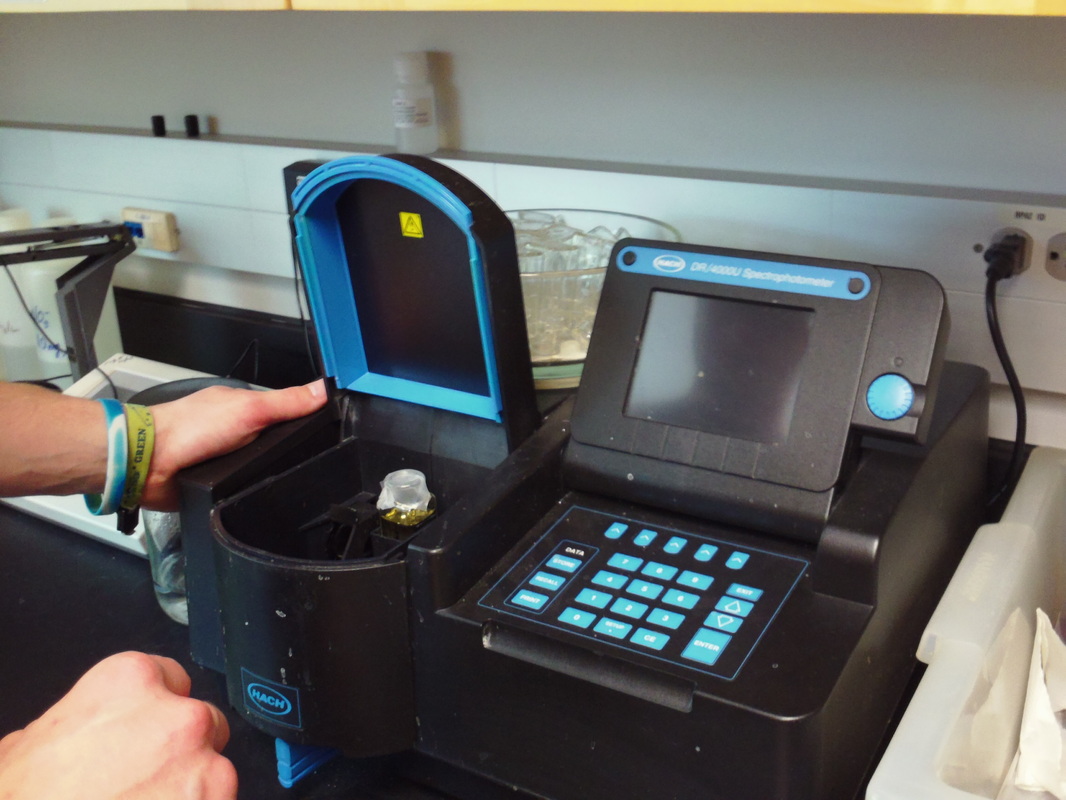Wicomico Creekwatchers
Nitrogen and Phosphorus are fundamental building blocks for all life; however, they are currently two of the principle threats facing the Wicomico River and the Chesapeake Bay. They are used primarily as agricultural fertilizer, and our careless management of these nutrients has led to massive loads being consistently flushed into the river. The over-enrichment of nitrogen and phosphorus has resulted in too much of a good thing. The nutrients spur explosive algae growths that block out the sun and consume much of the surrounding oxygen in the water. The underwater grasses, which provide vital habitat and food sources for nearly all inhabitants of the river community, cannot grow or support life in these conditions. Furthermore, the algae blooms undermine the Wicomico River’s recreational and aesthetic values. The river is essentially getting fat on the abundance of nutrients.
Your browser does not support viewing this document. Click here to download the document.
The Wicomico River Creekwatchers was created in 2002 to respond to the river’s worsening health. The state of the river is a result of excessive nutrient runoff, coliform bacteria contamination, and lack of water clarity. The Creekwatchers hope to influence public policy decisions to take action in protecting the Wicomico. Their mission is to collect, develop, and increase the availability of scientifically reliable and objective water quality data. The program enlists community volunteers to sample the river’s water. Salisbury University students work together with the University of Maryland Center for Environmental Science Horn Point Laboratory to test the water samples for levels of chlorophyll, salinity, pH, nitrogen, and phosphorus.
Creekwatchers monitors 26 sites throughout the Wicomico River system. They divide these sites into four sections: Ponds, Upper Wicomico, Lower Wicomico, and Wicomico Creek. The water quality generally improves as one travels downstream, where there is less human development and more tidal influences from the Chesapeake Bay that dilute the water.
Every year, Wicomico Creekwatchers compiles and shares a detailed report of their results. The information is used to facilitate educated decisions and comprehensive actions that may have a lasting impact. This data has become a baseline tool in identifying long-term water quality trends. The long-term monitoring of the Wicomico River is essential. It is a highly variable system that changes constantly. The relative amount of rainfall in a year can produce unexpected results. A wet year may present the river as being in far worse of a condition than a dry year. This is because rainfall increases the amount of surface runoff, capturing any pollution or nutrients on land and transporting them into the river.
The degraded water quality of the Wicomico River is a consequence of our actions. Only we can restore it to its pristine conditions. The Wicomico Creekwatchers program is an exceptional effort in taking the first steps toward a healthier system. They have identified the problem, now we just need to take action in remediating it.
Creekwatchers monitors 26 sites throughout the Wicomico River system. They divide these sites into four sections: Ponds, Upper Wicomico, Lower Wicomico, and Wicomico Creek. The water quality generally improves as one travels downstream, where there is less human development and more tidal influences from the Chesapeake Bay that dilute the water.
Every year, Wicomico Creekwatchers compiles and shares a detailed report of their results. The information is used to facilitate educated decisions and comprehensive actions that may have a lasting impact. This data has become a baseline tool in identifying long-term water quality trends. The long-term monitoring of the Wicomico River is essential. It is a highly variable system that changes constantly. The relative amount of rainfall in a year can produce unexpected results. A wet year may present the river as being in far worse of a condition than a dry year. This is because rainfall increases the amount of surface runoff, capturing any pollution or nutrients on land and transporting them into the river.
The degraded water quality of the Wicomico River is a consequence of our actions. Only we can restore it to its pristine conditions. The Wicomico Creekwatchers program is an exceptional effort in taking the first steps toward a healthier system. They have identified the problem, now we just need to take action in remediating it.
Photos by Todd Mignosa
